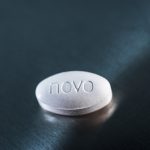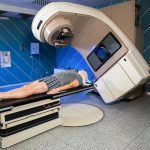
If you’re one of the millions of folks bent on racking up at least 10,000 steps a day, read on. A new study finds that heart health starts to improve with as few as 2,300 steps a day. The research also indicates your risk of dying from any disease starts to decrease with only about 4,000 daily steps. However, the more daily steps you get, the bigger the benefit becomes, the study also found. “Ten thousand steps per day is, in fact, still a correct way of thinking if we take into account the most pronounced [death] reduction,” said study author Dr. Maciej Banach. He is a professor of cardiology at the Medical University of Lodz in Poland, and an adjunct professor at the Center for the Prevention of Cardiovascular Disease at Johns Hopkins University School of Medicine. Ten thousand steps equates to about 4-5 miles of walking, experts say. For the study, researchers analyzed 17 prior studies involving about 227,000 people. They were followed for roughly seven years. Adults over age 60 saw risk of death reduced by 42% if they clocked between 6,000 and 10,000 steps a day. Among younger adults, there was a 49% reduction when they walked between 7,000 and 13,000 steps a day, the study showed. “Every increase of steps by 1,000 steps/day is associated with a 15% reduction in… read on > read on >


















